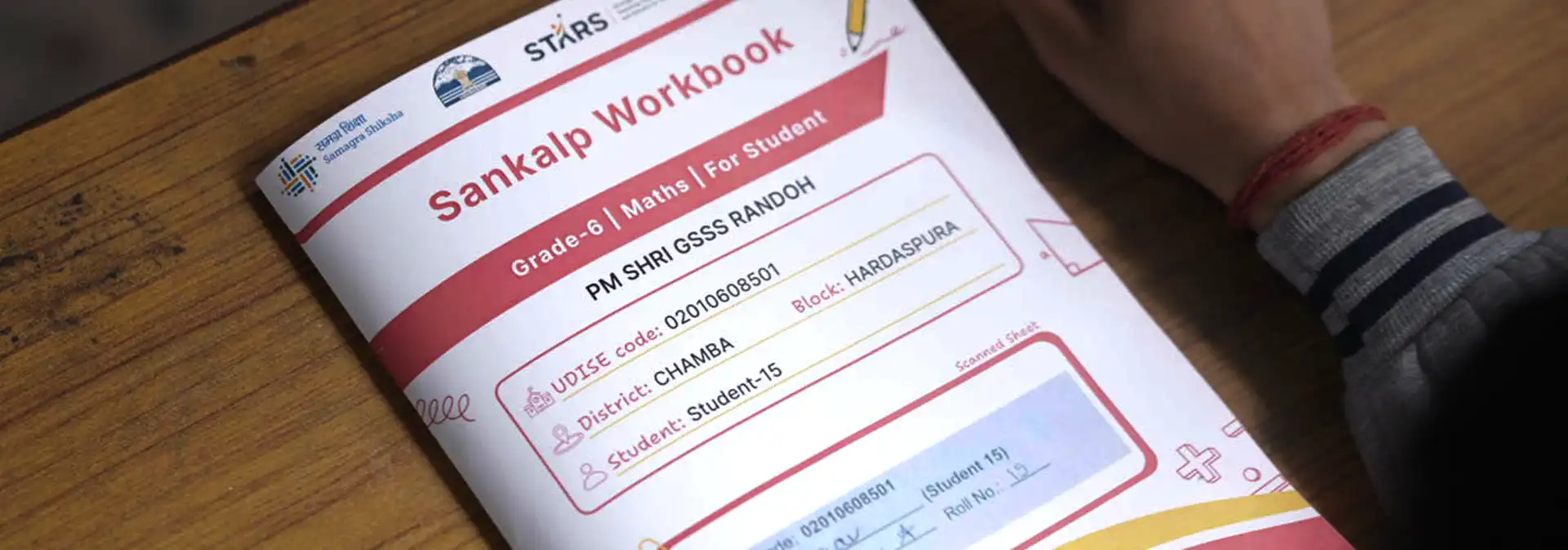When it comes to improving learning outcomes at scale, there is compelling evidence of what works. In Andhra Pradesh, a landmark evaluation showed that students using Personalised Adaptive Learning (PAL) more than doubled their rate of progress compared to peers outside the program.
But here lies the paradox: PAL’s success depends on a complex mix of infrastructure and program design—ICT labs, hardware and software, trained teachers, timetable discipline, field staff, and continuous data monitoring. With tight budgets, most states can realistically extend PAL to only 5%–10% of government school students today. The promise is vast, but the pathway is narrow.
Himachal Pradesh’s Learning Enhancement Program 2.0 (LEP 2.0) shows how states can break this bottleneck. It shows that a parallel, budget-friendly model can stretch the same rupee to reach many more students—scaling inclusion without diluting impact.
If one were to look closely at Himachal’s progress in PARAKH Rashtriya Sarvekshan rankings between 2021 and 2024, a clear pattern emerges, a deliberate, data-led remediation strategy by Samagra Shiksha Himachal to identify gaps early and respond with precision.
The groundwork for LEP 2.0 was laid through the State Level Achievement Surveys (SLAS) and targeted remediation programs piloted over the last two years. In 2023–24, tablet-based assessments were conducted for over 45,000 students across 2,400 government schools. These digital tests provided a real-time, state-wide view of student proficiency, surfacing which learners were falling behind and where subject-level gaps were most acute.
Crucially, these assessments triggered a continuous remediation cycle rather than one-off interventions. In 2024, Himachal scaled its digital assessment system further, using OCR-based tools to scan student answer sheets. Within days, teachers and administrators could access performance data on the Vidya Samiksha Kendra dashboard. This data then activated a structured support plan:
- Personalised student workbooks with weekly learning improvement plans
- Remedial handbooks for teachers with targeted content and classroom activities.
- Weekly practice modules delivered through the Abhyaas Himachal bot on SwiftChat app.
- Zero-period remedial classes, enabling differentiated focused support for heterogeneous cohorts in a classroom.
This rapid feedback loop—assessment, diagnosis, remediation, re-assessment—was among the first of its kind at this scale in India. And it worked.
Himachal rose from rank 21 to rank 5 in PARAKH Rashtriya Sarvekshan 2024, outperforming national averages in every grade assessed. ASER 2024 further confirmed sharp foundational gains, with reading proficiency doubling and subtraction skills improving by upto 47% between 2022 and 2024.
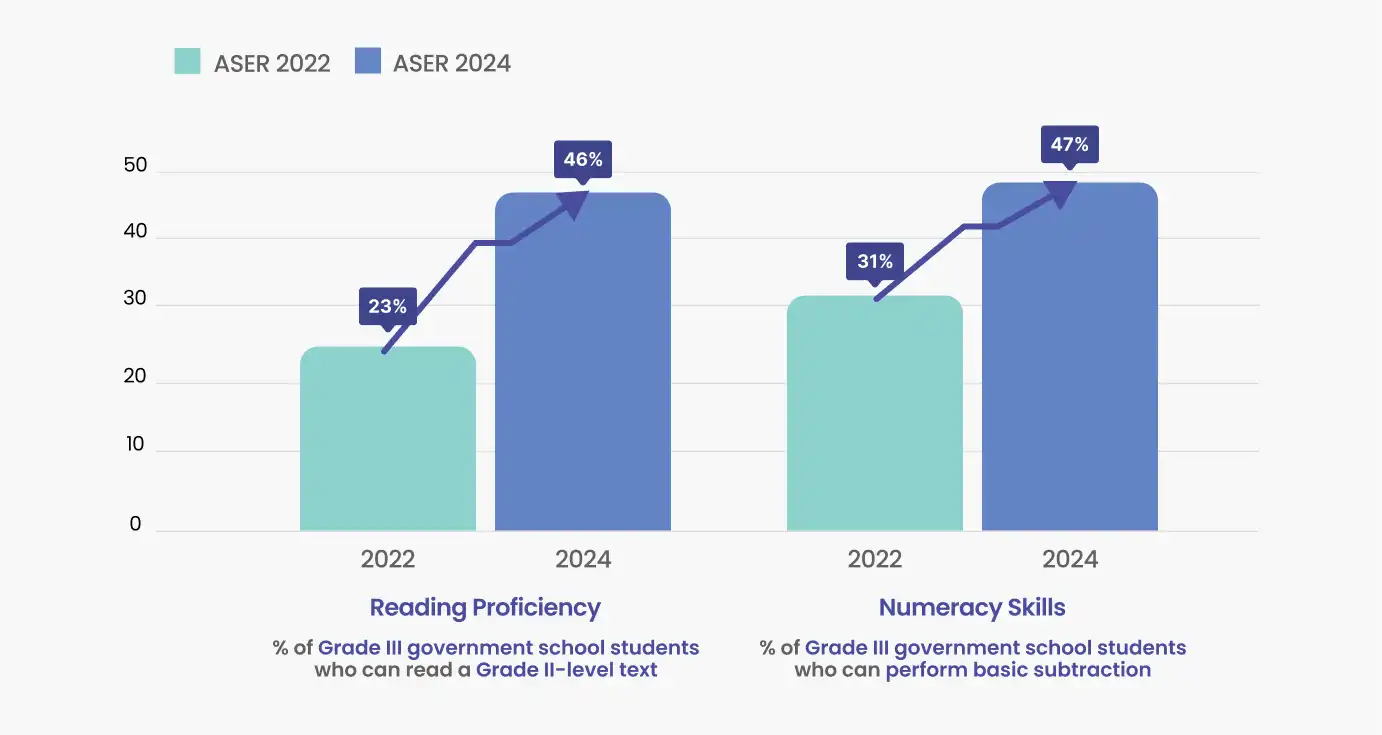
ASER 2024 reports notable gains in reading and numeracy skills among Grade 3 students
The success of these interventions laid the foundation for LEP 2.0. It demonstrates what’s possible when technology, real-time data, and structured academic interventions work hand in hand. The result is a faster, more inclusive system that reaches the students who need support the most—without waiting months for remedial action.
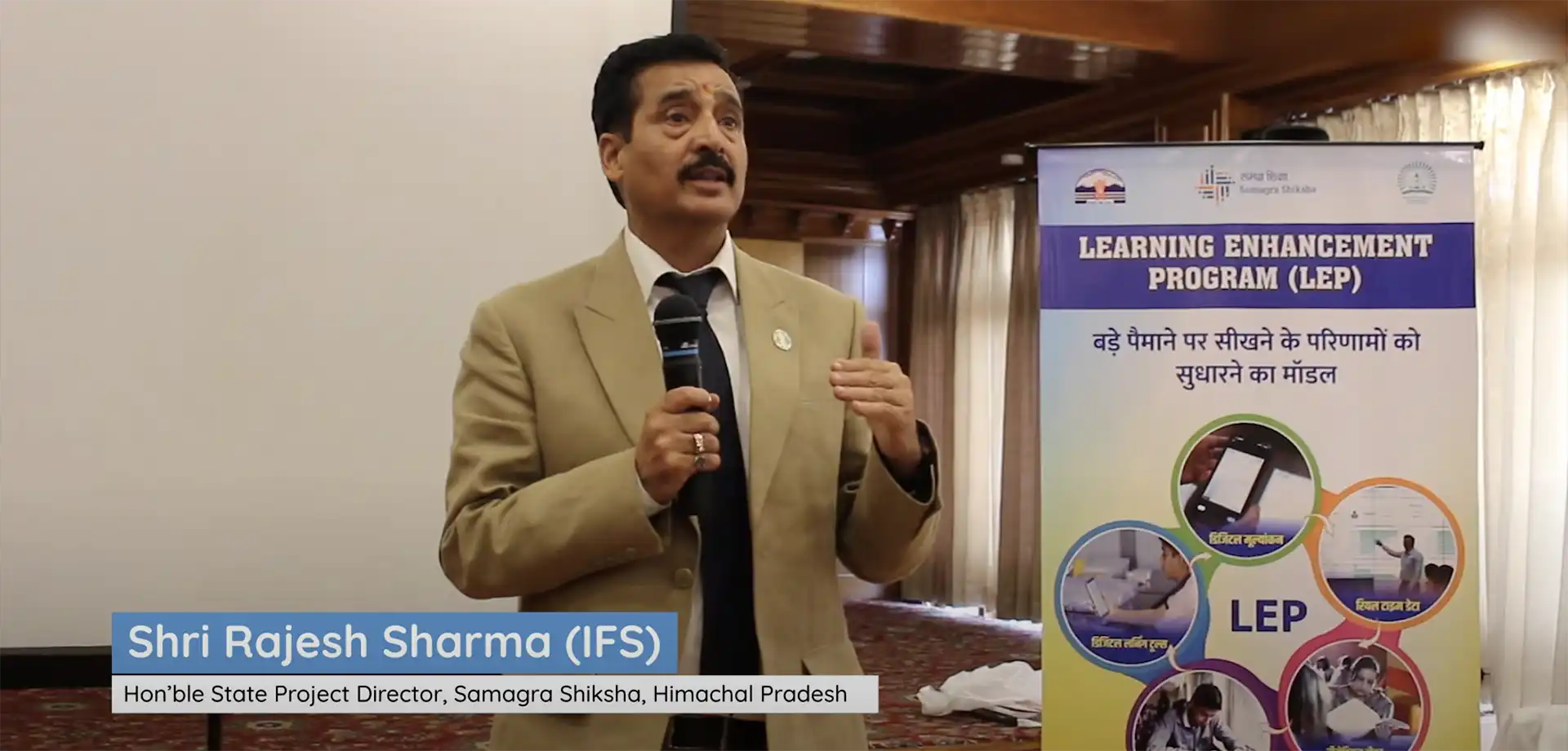
Discover how the Learning Enhancement Program 2.0 (Shiksha Sankalp) is improving learning across Himachal Pradesh
Teachers no longer had to rely on delayed, manual compilations of exam results. Instead, they could see exactly which students needed help and act sooner. The cycle from assessment to intervention was completed in days, not months.
LEP 2.0 accelerates support. It restores teacher agency, gives them the tools and time to act, and ensures no child is left behind simply because help came too late. It’s a full-circle model: diagnose, personalise, practice, and improve—with every step backed by live data.
Most importantly, it is affordable at scale. With costs at just ₹500 per student annually (0.5% of Himachal’s per-student spend of ₹95,000), LEP 2.0 proves that systemic improvement can be achieved within existing budgets and stands out as one of the most scalable, high-ROI education reforms underway in India today.
Read More from
ConveGenius


Strategic Initiatives
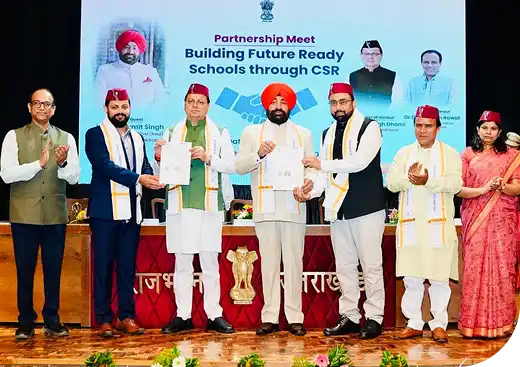
Unlocking Precision Philanthropy: Uttarakhand’s Vidya Samiksha Kendra Opens a New Era of CSR–Government Collaboration for Catalytic Impact
Traditional CSR clusters rely on survey data like UDISE+, ASER, or NAS, offering only partial pictures of needs in school education. Uttarakhand is breaking new ground: through its Vidya Samiksha Kendra, the state is guiding CSR and NGO partners with sharper roadmaps for collaboration—unlocking more targeted, catalytic, and systemic impact.
Learn More#ShikshaKaTeeka Campaign
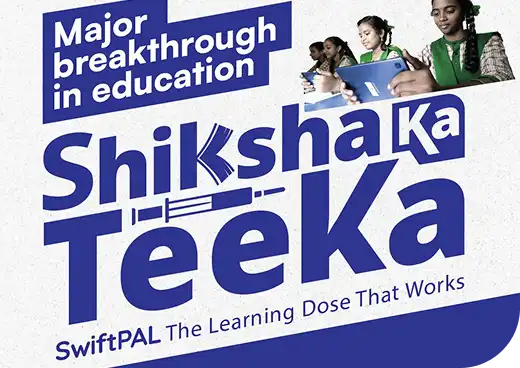
ConveGenius Launches #ShikshaKaTeeka: Personalised Adaptive Learning as India’s “Learning Vaccine”
India eliminated polio in 2014 by pairing scientific evidence with nationwide delivery. Education now faces a similar challenge: persistent learning poverty, where 10-year-olds cannot read a simple text. The #ShikshaKaTeeka campaign positions Personalised Adaptive Learning (PAL) as the ‘learning vaccine’: a proven, scalable intervention to bridge gaps and personalise learning for every child.
Learn MoreImpact
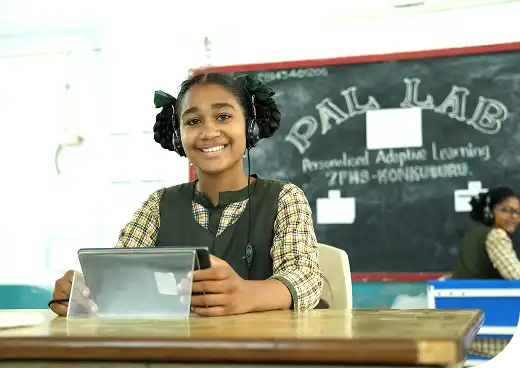
India’s Learning Vaccine: Can Personalised Adaptive Learning Bridge India’s Learning Gaps?
Despite progress in foundational learning, India continues to face widening learning gaps as students advance through grades. A landmark RCT in Andhra Pradesh by Nobel Laureate Michael Kremer shows students achieved 22 days of schooling for every hour of learning on SwiftPAL. Could this be the systemic “learning vaccine” India has been waiting for?
Learn More
